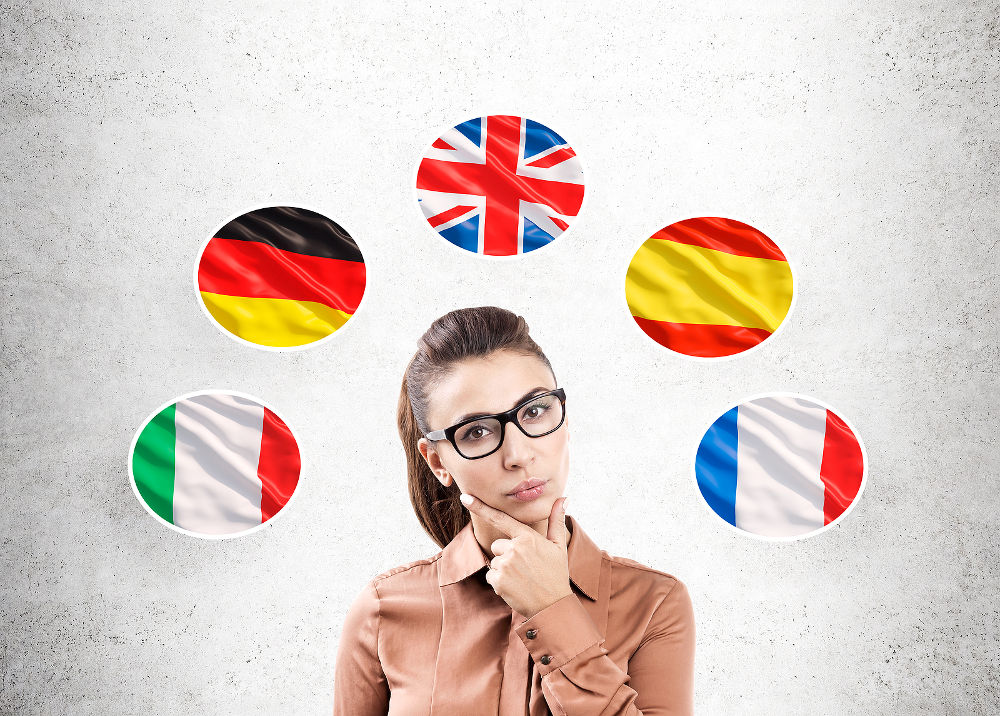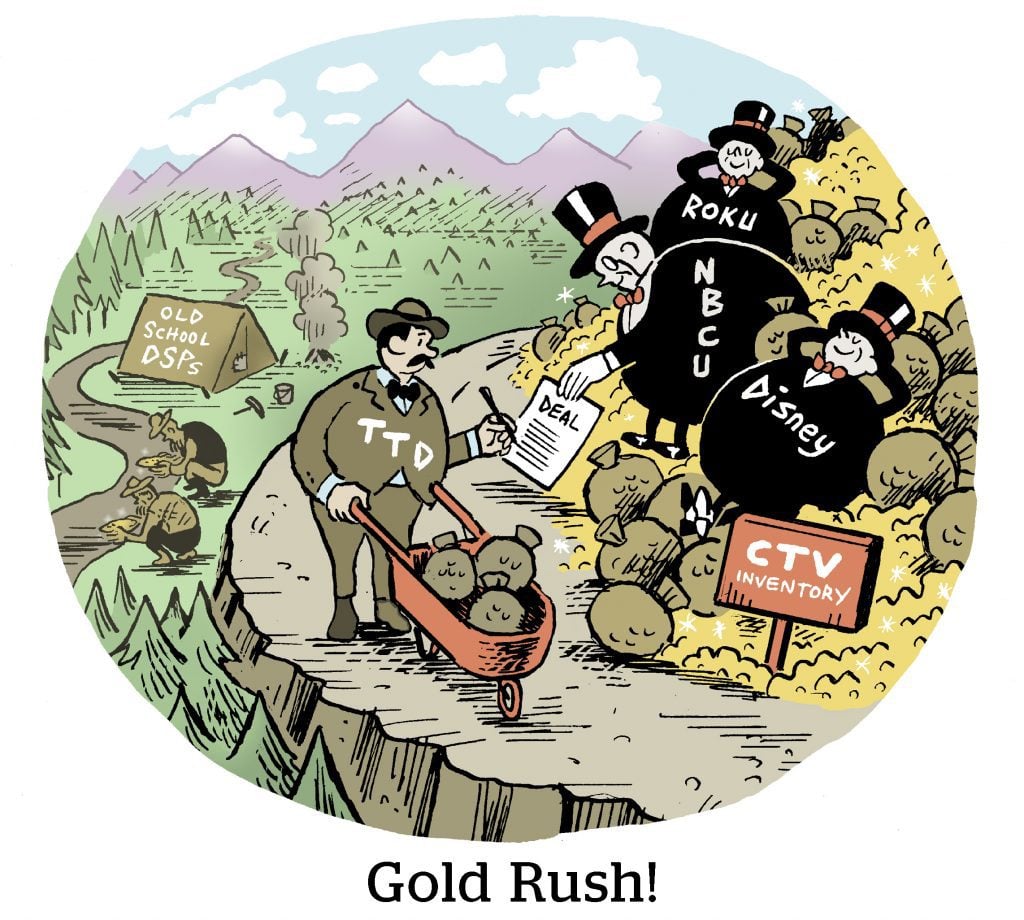Connecting with a global audience is no longer a luxury; it’s a necessity for brands aiming to thrive internationally. The power of multilingual marketing cannot be underestimated, as it allows you to tap into diverse markets and foster deeper relationships with customers from different cultural backgrounds. By mastering multilingual marketing, you can elevate your brand’s global appeal and drive business growth.
Cultural nuances
To succeed in multilingual marketing, it’s crucial to understand the cultural nuances of your target markets. Different cultures have unique values, beliefs, and communication styles that influence consumer behaviour. By researching and respecting these differences, you can tailor your messaging to resonate with diverse audiences.
Developing cultural awareness goes beyond language translation. It involves appreciating traditions, customs, and societal norms. For instance, humour that works in one country might fall flat or even offend in another. Investing time in cultural research ensures your marketing efforts are well-received and effective.
Effective translation techniques
Accurate translation is the cornerstone of multilingual marketing. It’s not just about converting words from one language to another; it’s about preserving the intent, tone, and context of the original message. Employing professional translators who are native speakers ensures your content feels authentic and relatable.
Machine translation tools can assist but shouldn’t replace human expertise. Human translators understand idiomatic expressions and cultural references that machines might miss. To achieve the best results, consider a blend of human and machine translation to maintain consistency and accuracy across all languages.
Machine translation tools can assist but shouldn’t replace human expertise. Image credit: dennizn/Bigstock.com
Creating multilingual content
Content creation for multilingual audiences requires a strategic approach. Start by identifying the core message you want to convey and adapt it to fit different cultural contexts. This might involve adjusting visuals, slogans, or even the product name to align with local preferences.
Consistency is key when developing multilingual content. Your brand voice should remain recognizable across all languages while being flexible enough to accommodate cultural differences. Regularly update and review your content to ensure it stays relevant and resonates with your global audience.
Leveraging technology in multilingual marketing
Technology plays a pivotal role in multilingual marketing. From automated translation tools to AI-driven content management systems, leveraging technology can streamline your efforts and enhance accuracy. Use these tools to handle repetitive tasks, allowing your team to focus on creative and strategic aspects.
Implementing a content management system (CMS) that supports multiple languages can simplify the process of updating and managing your content. Ensure your CMS can handle character sets and formats for various languages, providing a seamless experience for users worldwide.
The role of localisation services
To connect with international audiences, localisation services are essential. They go beyond translation, adapting your content to fit the cultural, legal, and linguistic nuances of each market. This includes everything from adjusting date formats to considering local regulations and preferences.
Localisation services help create a cohesive brand experience across different regions. By ensuring your marketing materials are culturally and contextually relevant, you build trust and credibility with your audience. This tailored approach enhances engagement and drives better results.
 Social media platforms offer a powerful way to reach international audiences. Image credit: ibphoto/Bigstock.com
Social media platforms offer a powerful way to reach international audiences. Image credit: ibphoto/Bigstock.com
Harnessing social media for global reach
Social media platforms offer a powerful way to reach international audiences. Each platform has its own user base and cultural dynamics, so tailor your strategy accordingly. Use local languages and engage with users in a culturally relevant manner to build a strong online presence.
Create region-specific social media accounts if necessary, allowing for targeted campaigns and interactions. Analyse engagement metrics to understand what content resonates with different audiences and refine your strategy based on these insights. Consistent, culturally aware social media engagement can significantly boost your brand’s global appeal.
Optimising SEO for multilingual websites
SEO is vital for driving traffic to your multilingual website. Research keywords specific to each language and market, considering local search habits and preferences. Implement these keywords naturally into your content, meta tags, and URLs to improve your search engine ranking.
Technical SEO aspects, such as hreflang tags, help search engines understand the language and regional targeting of your pages. This ensures the right content is shown to the right audience, boosting visibility and user experience. Regularly monitor your SEO performance to identify and address any issues promptly.
Building a multilingual team
Assemble a team with diverse linguistic and cultural backgrounds to support your multilingual marketing efforts. Native speakers bring invaluable insights and ensure your content resonates with local audiences. Encourage collaboration and knowledge sharing within your team to foster innovation and creativity.
Invest in ongoing training and development to keep your team up-to-date with the latest trends and technologies in multilingual marketing. A skilled and motivated team is essential for executing successful campaigns and achieving your global marketing goals.
 Assemble a team with diverse linguistic and cultural backgrounds to support your multilingual marketing efforts
Assemble a team with diverse linguistic and cultural backgrounds to support your multilingual marketing efforts
Email marketing across borders
Email marketing remains a potent tool for reaching a global audience. Personalise your emails by addressing recipients in their native language and considering cultural preferences in design and content. A/B testing different approaches can help identify what works best in each market.
Segment your email list based on language and location to send targeted campaigns. Ensure your email templates are adaptable and mobile-friendly, catering to diverse devices and reading habits. By delivering relevant and engaging content, you can nurture relationships and drive conversions across borders.
Measuring multilingual marketing success
Tracking and measuring the success of your multilingual marketing efforts is crucial. Use analytics tools to monitor key performance indicators (KPIs) such as website traffic, conversion rates, and social media engagement across different languages and regions.
Regularly review and analyse your data to identify trends and areas for improvement. Adjust your strategies based on these insights to enhance effectiveness. By continually optimising your approach, you can ensure sustained success in your multilingual marketing campaigns.
Adapting visual content for global audiences
Visual content plays a crucial role in multilingual marketing. Images, videos, and graphics need to resonate with local audiences and reflect their cultural context. This means selecting visuals that are culturally appropriate and relevant to your target market.
Consider using local models, landmarks, and symbols in your visual content to make it more relatable. Tailor your design elements, such as colours and fonts, to align with cultural preferences. By adapting your visual content, you can create a more engaging and meaningful experience for your international audience.
 Mastering multilingual marketing requires a strategic and culturally aware approach
Mastering multilingual marketing requires a strategic and culturally aware approach
Effective multilingual customer support
Providing excellent customer support in multiple languages is essential for building trust and loyalty. Customers appreciate when they can communicate in their native language, as it demonstrates your commitment to their needs and enhances their overall experience.
Implement multilingual customer support through various channels, such as live chat, email, and phone. Train your support team to handle inquiries in different languages and provide them with the necessary tools and resources. Efficient multilingual customer support can significantly improve customer satisfaction and retention.
Navigating legal and regulatory requirements
Understanding and complying with local legal and regulatory requirements is vital for successful multilingual marketing. Different countries have specific rules regarding advertising, data privacy, and consumer protection. Ensuring your marketing activities adhere to these regulations helps you avoid legal issues and build credibility.
Work with legal experts familiar with the regulations in your target markets. They can guide you through the complexities and help you develop compliant marketing strategies. By navigating legal and regulatory requirements effectively, you can protect your brand’s reputation and foster trust with your international audience.
The bottom line
Mastering multilingual marketing requires a strategic and culturally aware approach. By understanding cultural nuances, leveraging technology, and utilising professional localisation services, you can create campaigns that resonate with diverse audiences. Optimising SEO, harnessing social media, and personalising email marketing further enhance your global reach. Regularly measure your success, build a diverse team, and stay abreast of future trends to maintain a competitive edge.




